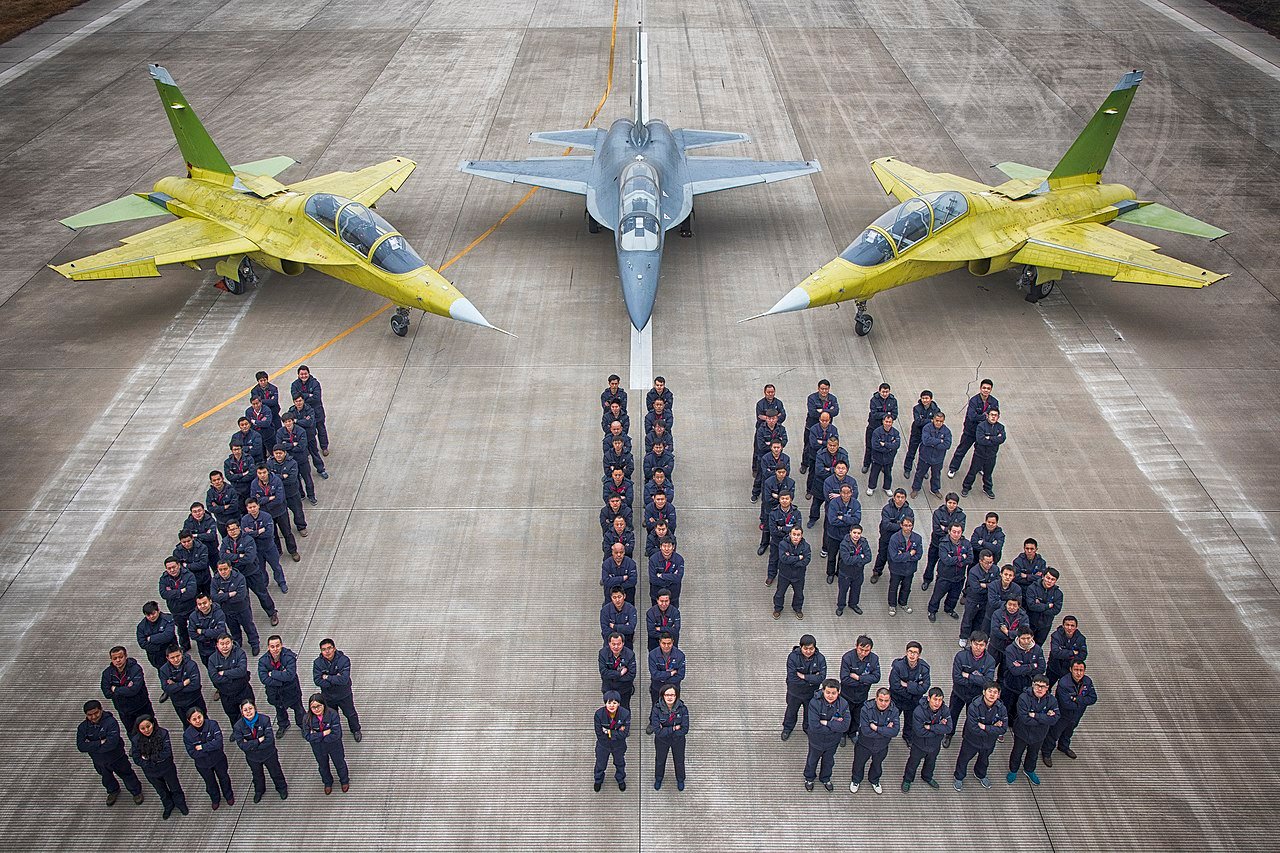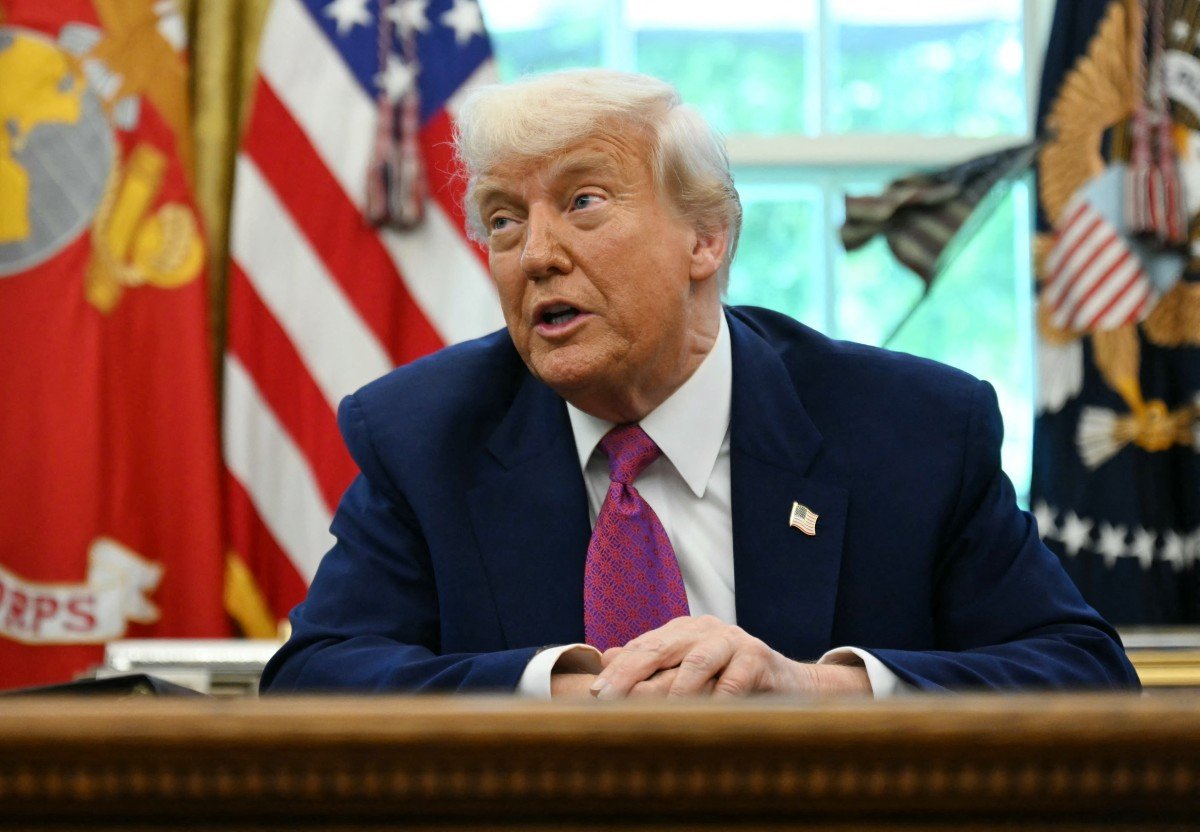OPED By Air Marshal (R) RGK Kapoor
The People’s Liberation Army Air Force (PLAAF), also known as the Chinese Air Force, has been at the forefront of technological advancements in recent years.
It has showcased its latest generation fighters J-36 and J-50, Y-20 based AWACS, and huge inventory of stand-off guided air-to-surface and air-to-air missiles at air shows and during numerous long-range missions across the Taiwan Strait and the East China Sea.
The nation has strived hard to learn lessons from every conflict across the world since the 1991 Gulf War, when China understood the importance of air power.
While PLAAF has evolved to embrace advanced technologies, it has historically remained bound to the nation’s airspace and has followed its historical air power concepts, since not many Air Forces have exercised with PLAAF.
One major reason is the language barrier, and the other is the centralized planning and execution process followed by the PLAAF. The modernisation of the PLAAF has progressively nudged the service and its members to move beyond this historical mindset. There is a realization that the only way to measure crew competence and training is by participation in exercises with advanced Air Forces.
Rising Chinese aspirations and belligerence in its neighbourhood have slowly alienated it and denied it participation in multinational exercises worldwide. However, it has methodically chosen favourably disposed nations and Air Forces operating Chinese-origin platforms for bilateral exercises, which makes it easier to plan and execute the exercise and provides adequate flexibility to increase the degree of difficulty.
Allowing English conversation in air operations has also contributed to this transformation. China has found this to be a convenient option for better understanding Western tactics and operational planning processes, while avoiding the restrictions imposed by the USA on the participation of their platforms in exercises with China.
Historical Perspective
PLAAF was established on 11 November 1949 after CCP’s victory in Chinese civil war, and was placed under the command of PLA Army Officers.
PLAAF remained a supporting and predominantly defensive force till the 1980s-90s, when, after the Gulf War, the realization of the efficacy and strength of air power dawned, and PLAAF was freed from close control, leading to major reforms in 2003.
The PLAAF consequently evolved into a diversified force with the capability to undertake multi-role missions, including ISR, transport support, Tanker, and AWACS operations, in a networked environment.
PLAAF has rapidly improved in the last two decades, through restructuring, reorganization, and integrating into the Theatre Command construct, while retaining its importance in operational planning and execution.
The PLAAF rapidly phased out its legacy aircraft, sensors, and weapons systems, becoming a modern Air Force with state-of-the-art aircraft and systems. This was a result of a rapidly developing domestic aerospace industry.
As a result, PLAAF presently operates more than 300 fifth-generation J-20 fighters. The induction of the sixth-generation fighter is likely to occur in the 2030 timeframe.
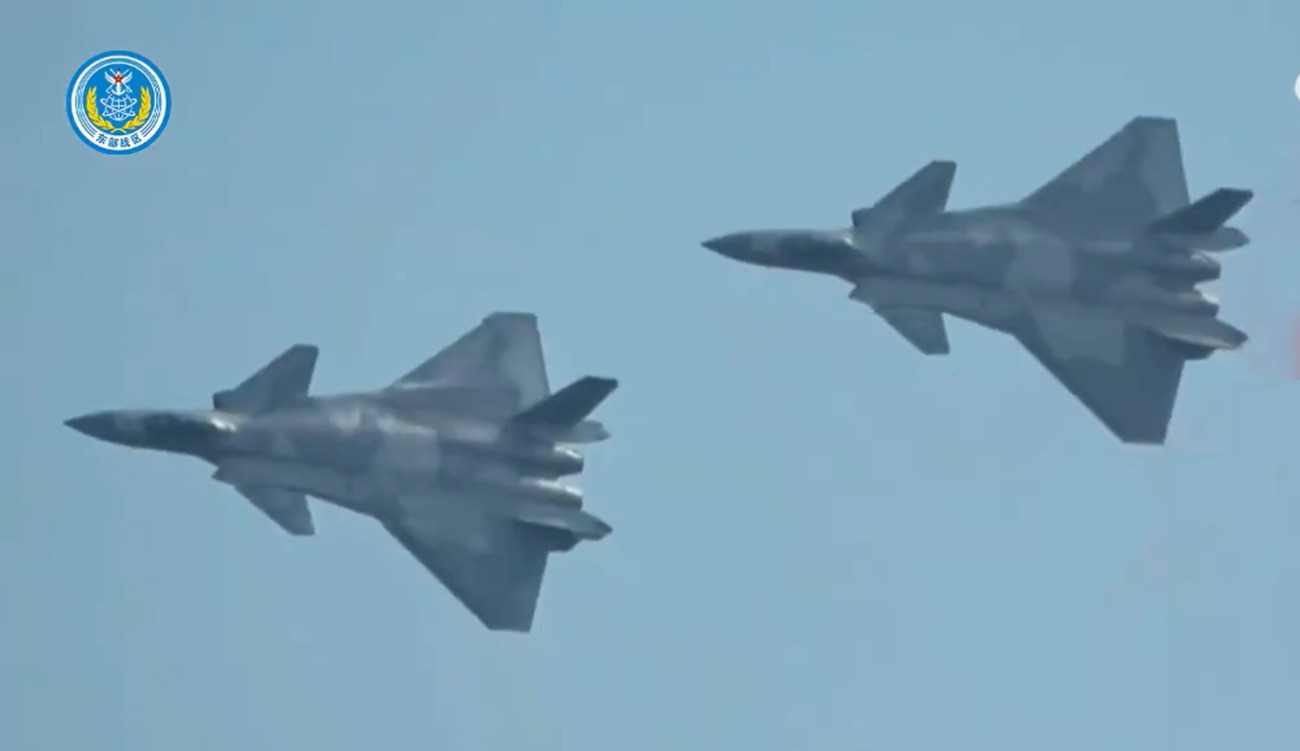
PLAAF Interaction with Other Air Forces
The PLAAF has traditionally been an inward-looking Air Force, much like the Russian Air Force, hesitant and unwelcome to exercise with many nations.
This was primarily due to the close control exercised by the Chinese Communist Party (CCP), language barrier, and perhaps a lack of confidence.
However, they were quick to learn lessons from every conflict across the globe. As the importance of air power dawned upon the military leadership, it realized the advantages of exercising with other Air Forces to bring about a paradigm change in PLAAF approach, exchange of ideas, introduction to latest techniques, tactics, procedures, and employment philosophies in the employment of air power.
It is one thing to own a technology and another to employ it effectively. However, around 2010, many nations began to realize the intentions behind China’s interest in participating in international air exercises.
This left just a handful of nations that were either keen or coerced into undertaking bilateral exercises with the PLAAF. As time passed, more nations seemed to be ready to engage bilaterally, if not multilaterally, with the PLAAF.
Pakistan
The Pakistan Air Force (PAF) was the first Air Force to commence an air exercise with the People’s Liberation Army Air Force (PLAAF). The “Shaheen” series of exercises commenced in 2011; the exercise continues alternating between China and Pakistan.
The last edition, Shaheen-X, was conducted in Gansu Province, Northwest China, in August-September 2023. The scope of the exercise has progressively expanded with combined crew training across each other’s platforms.
PAF participated with Mirages, JF-17, and J-10C. PLAAF has been flying J-11, J-10C and KJ-500 (AEW&C) aircraft. With the JF-17 and J-10CE, the integration of PLAAF platforms into the PAF is almost complete.
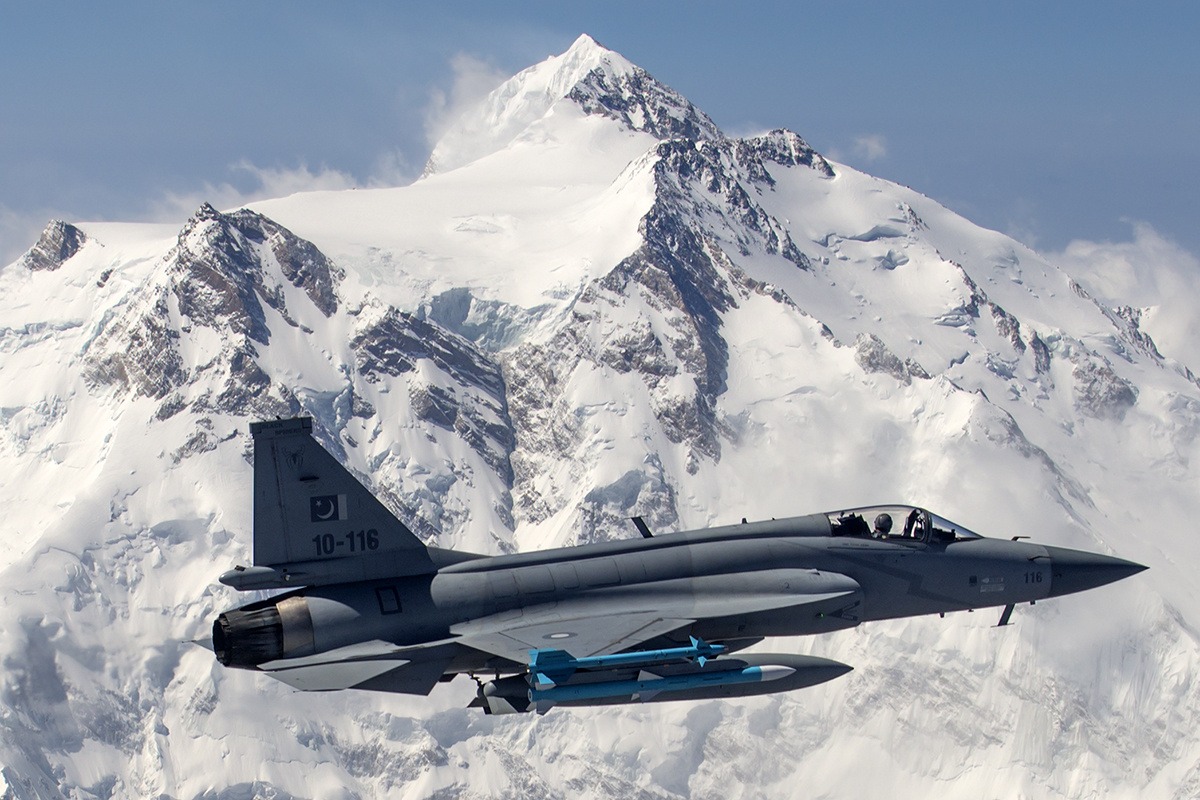
This provides both the PLAAF and the PAF with tremendous interoperability and the exchange of vital intelligence. PAF participates in numerous international multilateral exercises worldwide, including the US Red Flag exercise.
The PLAAF has gained immensely from these crew interactions in understanding Western concepts and tactics, particularly in large-scale force engagements. Strong relations between the two Air Forces allow scope for expansive discussions, especially about the USAF and the Indian Air Force.
Thailand
PLAAF and the Royal Thai Air Force (RTAF) conducted their first exercise, named “Falcon Strike,” in 2015. Since then, the exercise has grown in size and stature.
The latest edition of the exercise was conducted at the Udorn Thani air base in Thailand in Aug 2024. Once again, the USA does not allow F-16s of RTAF to participate in this exercise.
RTAF participated with the Gripen fighter, while the PLAAF brought J-10C, JH-7A, and Y-20. This highlights the inclusion of both offensive and defensive air operations in the exercise.
It is believed that PLAAF was completely outgunned in the initial editions by RTAF, but its performance improved substantially in the latest editions, which included realistic combat situations.
United Arab Emirates
“Falcon Shield” is a bilateral exercise between the UAE Air Force and the PLAAF. The first edition was held in China in 2023, and the second edition was once again conducted at Hotan Air Base in Xinjiang Province, bordering India.
While the UAE sent Mirage-2000 fighters and a Multi-Role Transport Tanker (MRTT), the PLAAF deployed their J-10C and J-16, along with an AEW&C aircraft.
The participation of the M-2000 is a cause for concern, as the same aircraft is operated by both Taiwan and the Indian Air Force (IAF). These exercises would allow PLAAF to assess the performance of its frontline fighters against the M-2000.
Russia
China purchased large quantities of equipment from the former USSR and later Russia in its effort to reverse engineer and reduce developmental and production timelines. Its Air Defence is predominantly based on Russian systems, and the SU-27 provided the platform for building the J-11 and J-16.
However, neither nation engaged in bilateral air exercises due to differing operational philosophies and a language barrier.
The first joint engagement was a joint bomber patrol over the Sea of Japan and the East China Sea undertaken by an H-6K bomber of the PLAAF and a TU-95MC of the Russian Air Force.

Such joint patrols help in refining joint operating procedures and interoperability among the Air Forces. It is pertinent to note that both China and Russia have border disputes with Japan. The PLAAF has also been participating in the Zapad and Aviadarts series of multinational exercises hosted by Russia.
The Russian Air Force flew four SU-30SM fighters to China for a bilateral exercise in August 2021. Improved relations between China and Russia, following the Russia-Ukraine war, allow for greater interaction and exchange of information.
Egypt
The latest addition to the list is Egypt.
The Egyptian Air Force and PLAAF commenced an air exercise named “Eagles of Civilization 2025” in Egypt. The exercise commenced this month and will continue till the middle of May.
The Chinese Ministry of National Defense, in a statement, said that this exercise “is the first joint training between the Chinese and Egyptian militaries, which is of great significance to promoting pragmatic cooperation and enhancing mutual trust and friendship between the two militaries.”
The Egyptian armed forces spokesperson in a social media post said that the exercise “falls within the framework of strengthening military cooperation relations between the Egyptian and Chinese armed forces.”
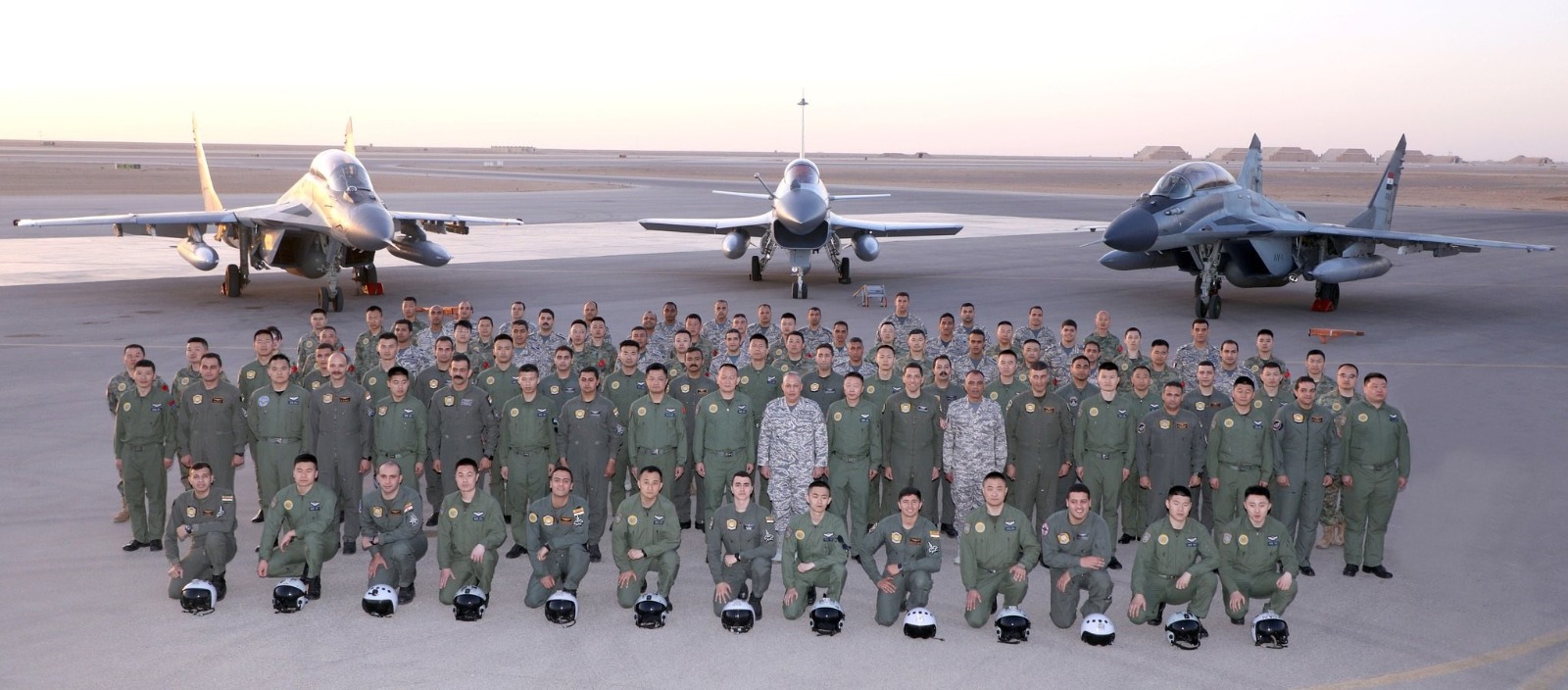
While the PLAAF has fielded the J-10B/C, Y-20U aerial tanker, and KJ-500 AEW&C aircraft, the Egyptian Air Force’s participation is limited to MiG-29M/M2 fighters. The MiG-29 fighters are an upgraded version of the original MiG-29 fighters of Soviet origin.
This exercise demonstrates the PLAAF’s power projection capability, its confidence in the recently inducted Y-20U tanker aircraft, and an opportunity to operate against the MiG-29, which is also operated by the IAF.
It is also an attempt to fill the space being created by the progressive exit of the US from the African continent and the present unpredictability of the US under President Trump.
Impact On India
The technological and numerical asymmetry is slowly growing between the PLAAF and IAF. This has been accentuated by the depletion of fighter squadrons in the IAF and the induction of a large number of fifth-generation fighters in the PLAAF.
PLAAF capability has also received a significant boost with the induction of Y-20U aerial refuelers and the unveiling of the KJ3000 AWACS, which will alleviate its present challenges of 24/7 operations supported by force multipliers.
PLAAF J-10C, J-11, J-16, and KJ-500 flying against Air Forces like PAF, UAE AF, Russian Air Force, RTAF, and Egyptian Air Force provide their crew realistic exposure to operating against MiG-29, Mirage-2000, and SU-30 of the IAF.
This will go a long way in enhancing crew skills and confidence in fighting the IAF. Through these exercises, the PLAAF is seeking to offset the IAF’s traditional advantage in high-quality training and readiness.
The PLAAF has methodically used these exercises to collect a treasure trove of signal intelligence and map every participating aircraft’s capability to fight kinetically and electronically against the PLAAF fighters.
Needless to say, all this data would become a part of its AI-based intelligence system for any future eventuality.
Conclusion
China has worked methodically and assiduously to advance its air power capabilities. It recognizes that air exercises provide an unmatched opportunity to penetrate a highly profitable military aviation market.
It has also recognized the value of exercising with the Air Forces of friendly nations to measure its own level of training and readiness. PLAAF has selectively chosen Air Forces for such endeavours, which allow it to map the strengths and weaknesses of its adversaries by collecting aircraft-specific data.
PLAAF is understood to have recognized its weaknesses in the initial outings with other Air Forces. This has provided the PLAAF a datum to work on, and the subsequent editions of exercises indicate progressive improvements in PLAAF performance.
This is indicative of improvement in training. The PLAAF appears to be bridging the training gap that existed a decade ago; this will progressively make the PLAAF operationally stronger, bolder, more confident, and more lethal.
- Air Marshal (R) RGK Kapoor, PVSM, AVSM, VM, is a retired officer of the Indian Air Force. He served as the Air Officer Commanding-in-Chief (AOC-in-C) of Central Air Command.
- Mail EurAsian Times at editor (at) eurasiantimes.com
